
Tear gas exposure is inevitable in some situations, especially when protests or riots occur. Tear gas, which is a chemical weapon commonly used by law enforcement officials, is known for its immediate effects: intense eye and lung irritation, skin pain, and coughing. If you find yourself in a situation where tear gas is involved, it's crucial to know what to do to deal with the effects of exposure.
In this blog post, we will discuss tear gas exposure and provide tips on dealing with its immediate effects.
Firstly, let's describe what tear gas is and how it works. Tear gas is a class of chemical agents that includes different types such as CS gas and pepper spray. These riot control agents cause immediate discomfort to the eyes, skin, and respiratory system, as well as indirect effects such as panic and irritation to the mucous membrane. Although tear gas is not lethal, its effects can be debilitating and long-lasting.

If you've been exposed to tear gas, here are some tips on what you should do immediately:
It's essential to note that tear gas exposure can cause long-term respiratory issues.

If you experience the following symptoms after tear gas exposure, seek medical help immediately:
It's always better to err on the side of caution and seek medical attention if you're unsure about your condition.
If you find yourself in a situation where tear gas is being used, here are some ways to protect yourself:

In severe cases of tear gas exposure, it's best to hire a professional biohazard cleanup company to help mitigate the effects. Improper cleanup of these RCAs may result in:
A professional biohazard cleanup company has all the experience, equipment, and protective gear to remove tear gas chemicals from your property safely. They will also properly dispose of any contaminated materials and thoroughly clean and decontaminate the affected area.
It's crucial to know what to do and how to deal with the immediate effects of tear gas exposure. By following the tips mentioned in this blog post, you can minimize the risk of long-term respiratory issues and recover from exposure. Lastly, if you're dealing with a hazardous environment and need help with tear gas cleanup, Bio-One of Modesto offers professional and safe tear gas cleanup services in Modesto, CA. Call today for a free consultation in the area, or a referral thanks to our partnerships Nationwide!

They say that a cluttered home equals a cluttered mind. It's no wonder that many people are feeling overwhelmed and stressed out, especially with so much going on these days! Collecting things over the years is easy, but getting rid of them is difficult. However, note that decluttering isn't just about tidying up your house. It's about creating a peaceful and stress-free environment for you and your family.
In this blog post, we'll guide you through ten simple decluttering tips to transform your home. These tips will help you to start your cleaning journey, giving you a fresh start to your home life. With the proper mindset and enough determination, you can transform your house into a haven of peace and comfort.
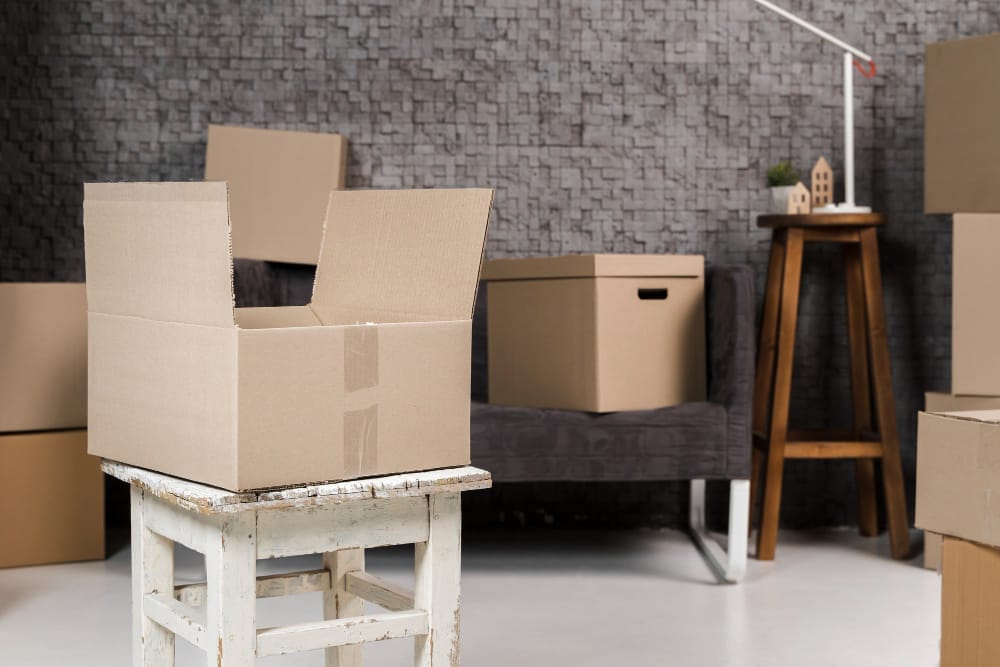
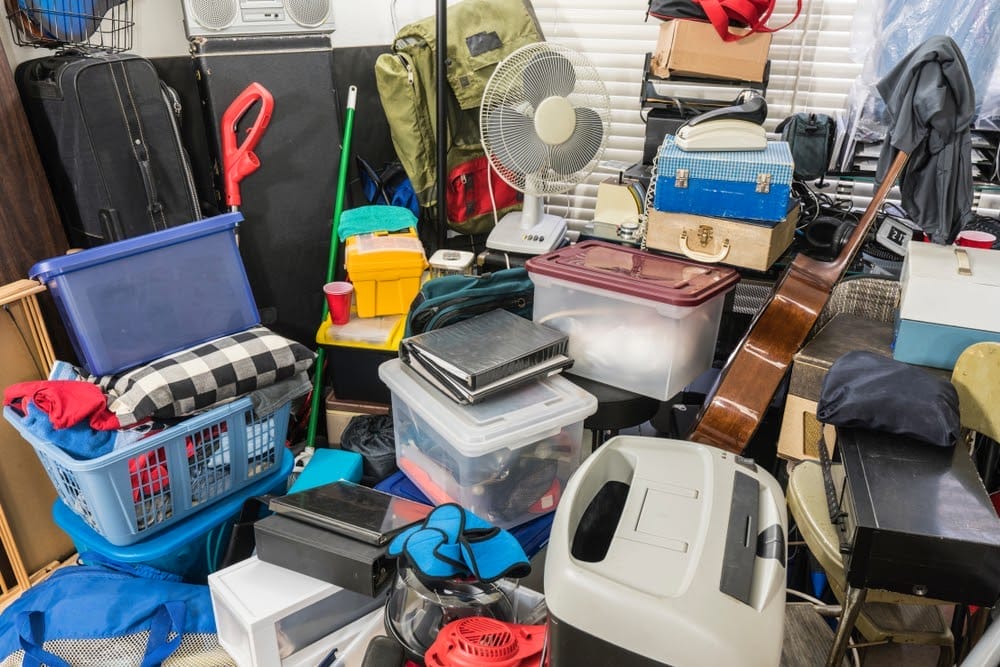

Once you have successfully decluttered your space, it's time to focus on cleaning. Here are the areas you should prioritize:

Decluttering gives you a sense of control and calm. It allows you to create a home environment that is relaxing and comfortable. By following these simple tips, you can transform your home into a peaceful sanctuary. If you feel overwhelmed or need assistance with decluttering and cleaning, consider contacting Bio-One of Modesto.
Our professional team specializes in hoarding cleanouts and can help you create a clutter-free space! Contact us for a free estimate in Modesto or any area Nationwide, thanks to our referral team.
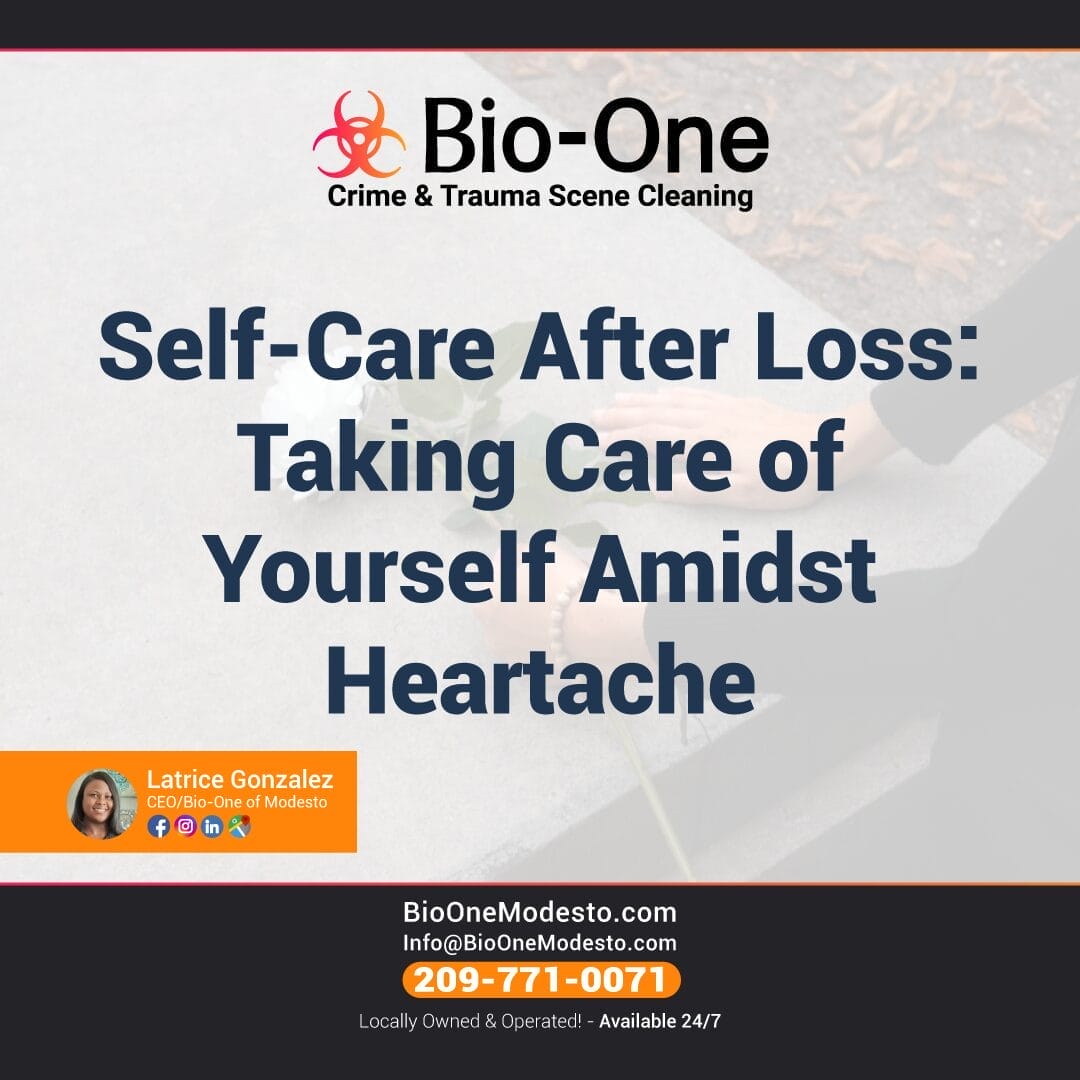
Losing a loved one is one of the most difficult things we will ever experience. The world we know suddenly stops making sense, and our hearts are shattered beyond belief. Sometimes, it’s hard to remember to take care of ourselves amid the pain, but self-care should be a top priority. It's not uncommon to feel overwhelmed and isolated while coping with grief. In this blog post, we want to provide you with self-care tips for life after losing a loved one. Before anything, know that it's important to not isolate yourself, and trust family and loved ones to get through the process accompanied.
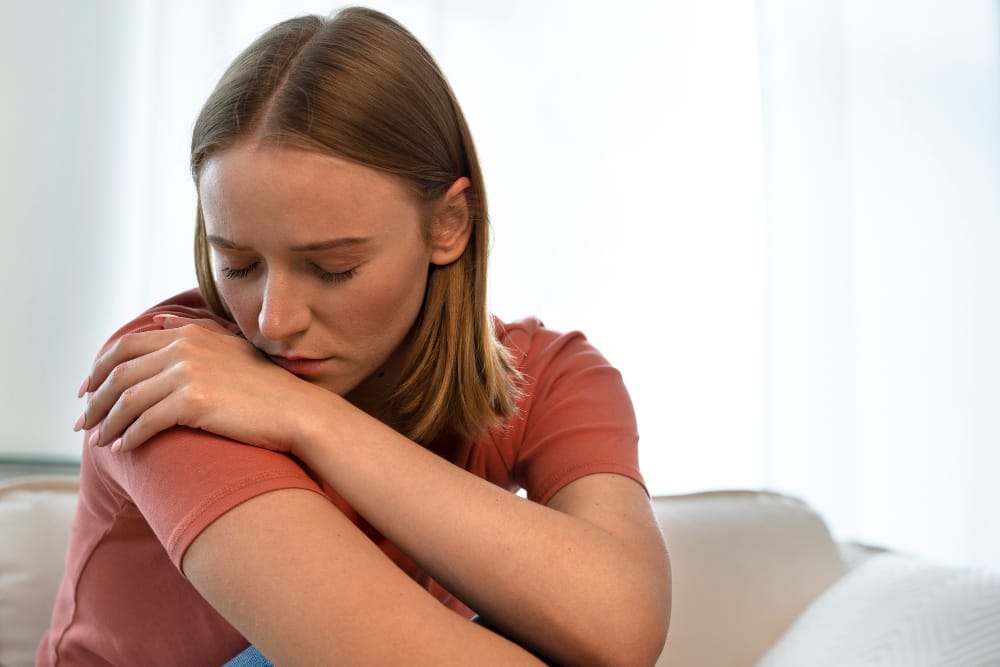
The grieving process is different for everyone, and there's no right or wrong way to feel. It’s normal to feel anger, sadness, and shock. Allow yourself to feel these emotions and take the time you need to work through them. Suppressing or ignoring these feelings could only lead to more harm in the future.
Taking care of yourself physically, emotionally, and mentally is one of the most important things you can do. Don't underestimate the importance of ensuring adequate sleep and eating well. Moreover, finding ways to cope like writing, exercising, or spending time outdoors can help alleviate the pain while also taking care of your well-being.
Grief can feel very isolating as if nobody in the world could understand how you're feeling. However, isolating yourself is not the answer. It's important to stay connected with loved ones, friends, or a support group who understand what you're going through. Don't feel like you have to go through the entire process alone.

It's okay to allow yourself to lean on the people closest to you. They may not have all the answers, but sometimes just being there for you is a comfort. Allow trusted family and friends to offer their help, whether that's running errands, cooking meals, or just lending an ear to listen.
Grief and life after losing a loved one can feel overwhelming at times, and it's okay to ask for help. Seeking professional help, like therapy, can provide a safe and confidential space to process your emotions. Bio-One of Modesto offers a range of support resources for those struggling with overwhelming feelings of sadness and grief. Check our Resources Page for more information.
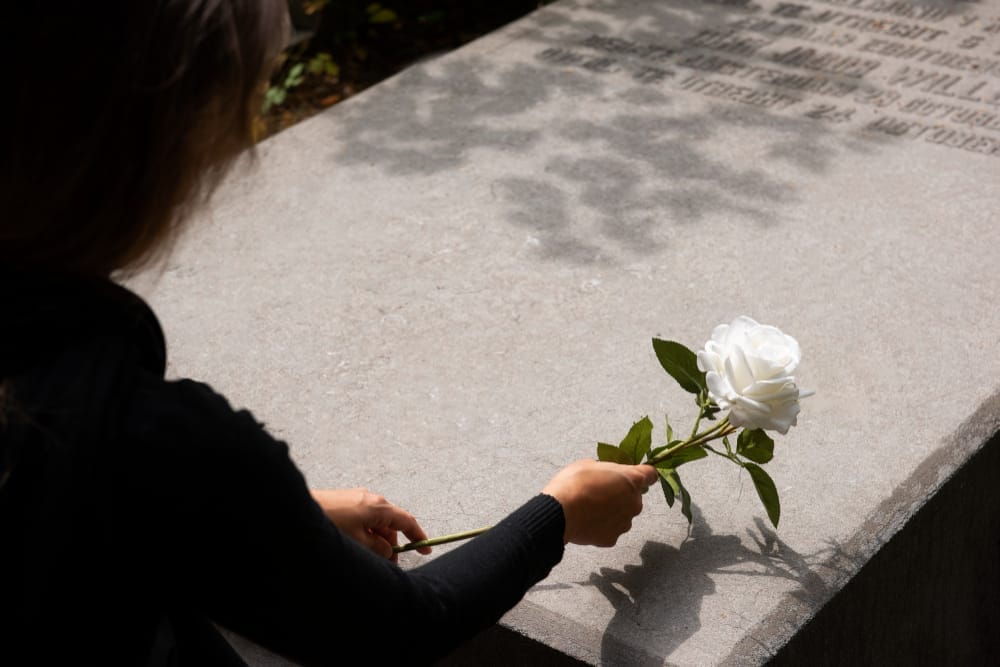

Have you ever visited a friend’s home and found that they have an excessive amount of clutter that seems to have taken over their living space? If so, you might be surprised to learn that hoarding can actually be a symptom of anxiety disorders and other mental illnesses. Hoarding is defined by the persistent difficulty of discarding or parting with possessions (regardless of their value) due to a perceived need to save them. In this blog, we will explore the connection between hoarding and anxiety and how these conditions can have an impact on mental health and well-being.
Disclaimer: This information intends to raise awareness about the potential link between hoarding and anxiety. We are not mental health professionals, and this content should not replace professional mental health advice. If you or someone you know is struggling with hoarding or other mental health conditions, we strongly encourage seeking help from a qualified mental health professional. As a hoarding cleanup company, we support individuals dealing with hoarding situations. We have a network of resources and can assist in connecting you with the right help for your situation.
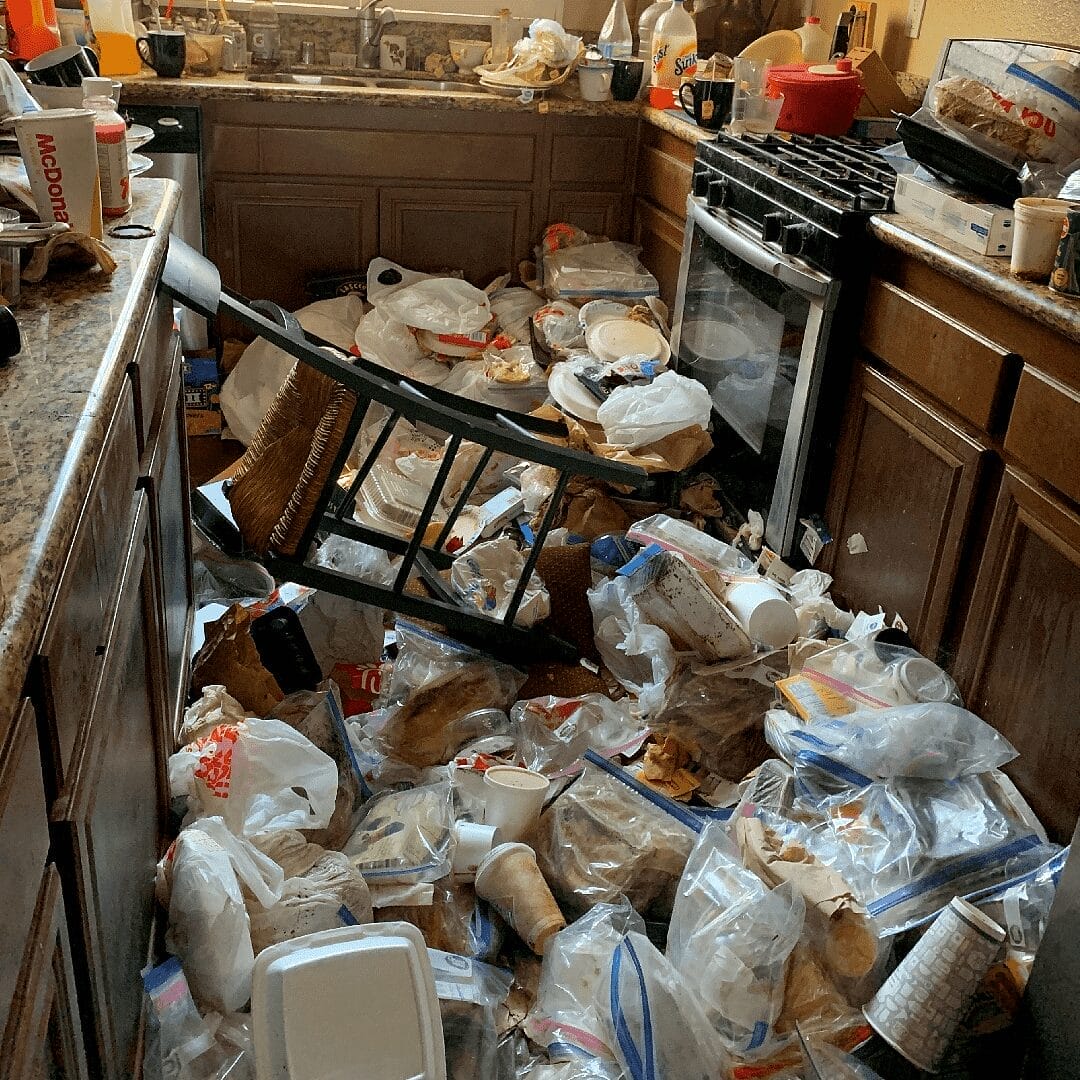
Hoarding is often associated with anxiety disorders like obsessive-compulsive disorder (OCD), post-traumatic stress disorder (PTSD), and generalized anxiety disorder (GAD). Research has shown that individuals with Hoarding Disorder have higher levels of anxiety and depression than those who do not hoard. Individuals who hoard often experience shame, guilt, and embarrassment due to their living conditions, which can further exacerbate their anxiety symptoms.
Individuals with Hoarding Disorder typically have a history of indecisiveness and procrastination, which can lead to difficulty in letting go of belongings. They often have intense emotional attachments to their possessions and fear losing them, leading to anxiety-related symptoms. Moreover, hoarding can lead to isolation and social withdrawal, which can further exacerbate anxiety symptoms.
The risk factors associated with anxiety include genetic predisposition, brain chemistry, and life experience. Individuals with anxiety disorders are more likely to exhibit hoarding behaviors, especially if they have experienced trauma or a significant life stressor. Other risk factors for hoarding include personality traits such as perfectionism, indecisiveness, and avoidance behavior.

Hoarding and anxiety are related in many ways. For instance, a hoarder may feel anxious in social situations because of the fear of judgment and anxiety related to the potential loss of their belongings. Additionally, a person who hoards may experience intrusive thoughts related to the loss of their possessions, leading to further anxiety and other emotional disturbances.
Mental health professionals are the right resource for helping individuals with Hoarding Disorder, but treatment often involves a multi-disciplinary approach such as cognitive-behavioral therapy, exposure therapy, and medication management. Therapists can help to address the underlying anxiety and other related conditions that contribute to hoarding behavior.
Learn more about the different hoarding treatment options here.

Hoarding can be a symptom of anxiety disorders and other mental illnesses. It can harm a person’s well-being. Due to the nature of hoarding, it is essential to get professional help from experienced mental health professionals who can provide treatment modalities that help individuals overcome their symptoms.
Bio-One of Modesto offers hoarding cleanup services and is available to help rid your home of clutter. Contact us today to learn more about how we can help you regain control of your living space. Our compassionate and discreet team is here to support you on your journey toward recovery!

Cats are adorable, playful, and loving pets, but cleaning up their mess can be troublesome, especially when it comes to their pee. Cat urine can leave behind a stubborn odor that can be hard to eliminate. Luckily, there are some effective ways to remove the unpleasant smell from your home. In this blog post, we will provide you with tried and tested solutions to help you get rid of cat pee smell and keep your furry loved one happy!
The first step to get rid of cat pee smell is to clean up the affected area thoroughly. Use a good quality enzymatic cleaner that is specifically designed to break down the proteins in cat urine. Follow the instructions on the label carefully and let the cleaner sit for as long as instructed. Avoid using an ammonia-based cleaner as the smell of ammonia can mimic the scent of cat urine, which can encourage your cat to pee in the same spot again.
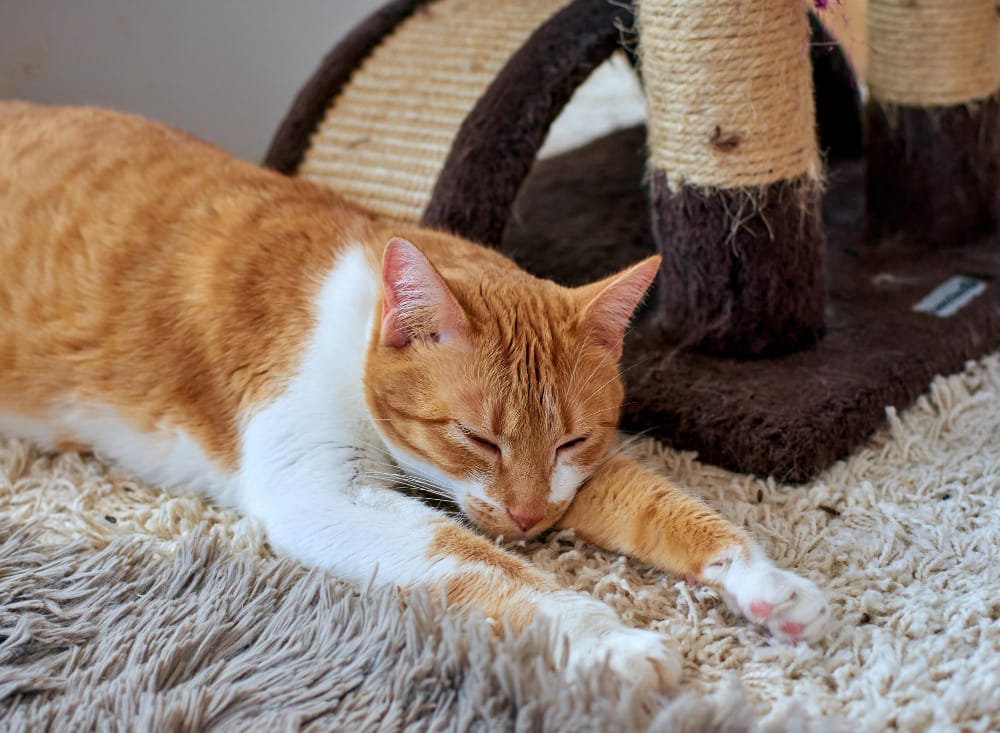
As a pro tip, we recommend tackling accidents as soon as possible to prevent the urine from seeping into the carpet padding or floorboards, which can make it harder to remove the smell completely.
Baking soda and vinegar are two powerful natural cleaners that can help to neutralize cat pee odor. Sprinkle some baking soda over the stained area, let it sit for a while, then vacuum it up. Next, mix water and vinegar in a spray bottle and spray the affected area. Blot the area with a clean cloth and let it dry.
Don't worry, the vinegar smell will vanish once it dries. You can also consider adding a few drops of essential oils to the vinegar mixture to provide a pleasant scent.

Cat pee smell can linger in the air for a long time even after you have cleaned up the affected area. An air purifier with a HEPA filter can help to remove odors and particles from the air, making it smell fresh and clean again. Make sure to get an air purifier that is specifically designed to remove pet odors.
You may be interested in this article by Better Homes & Gardens: The 8 Best Air Purifiers for Removing Pet Hair, Odors, and Dander, According to Our Tests
Deodorizers, such as activated charcoal or zeolite, can be effective in removing cat pee smell from the air. These products absorb odor molecules, and they're very easy to use. Place an open container of activated charcoal or zeolite near the affected area and replace it every few days.
Prevention is always better than cure, so it’s important to take some preventative measures to avoid the cat pee smell in the first place. Here are some tips from our cleaning technicians:
Aside from preventing cat pee smell, it’s essential to keep your cats happy and engaged while indoors. Provide them with appropriate toys, a scratching post, and plenty of space to explore. Spend some time each day playing with your cats or grooming them.

If not treated properly, cat pee smell can linger in your home for weeks! The best way to get rid of it is by using an enzymatic cleaner or natural remedies like baking soda and vinegar. However, prevention is the key, so make sure to take some measures to avoid these pesky odors in the first place. We know that with these naughty little furballs, accidents can happen!
If you are struggling to get rid of cat pee smell from your home, don’t hesitate to call Bio-One of Modesto. From removing the odor and any underlying stains to offering tips and advice on how to prevent future incidents, our team can help you with any uncomfortable situation!

Hoarding can be described as a persistent difficulty in parting with or letting go of possessions. It is often associated with feelings of anxiety and distress and may lead to a range of problems, including health hazards, social isolation, and financial difficulties. In this blog post, we'll explore some real-life examples of hoarding and highlight the importance of seeking professional help to address this challenging condition.
Janice is a 65-year-old woman who lives alone in a small apartment in a city. She has been collecting books, magazines, and newspapers for years, and her apartment is filled with piles of these materials, which has now become a problem to move around. Janice often feels overwhelmed by the mess but finds it hard to let go of anything, as every item seems precious to her.
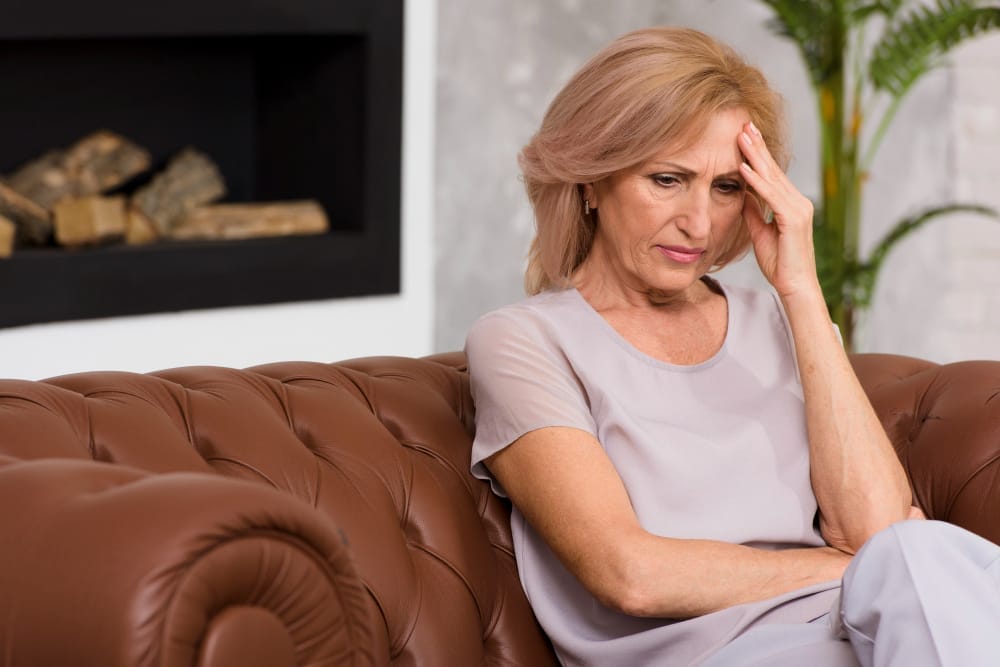
She sometimes does not realize that she has lost valuable belongings due to the clutter. In one instance, Janice lost her wallet, which had several important documents, and only found it after several weeks of searching through the piles of clutter.
Moral: This example shows how hoarding can lead to not only a cluttered and disorganized living space but also result in the loss of important belongings.
Tom is a 40-year-old man with a family of four. He has been collecting old toys, electronic gadgets, and clothes since he was a child. These items fill his garage and basement, creating difficulty in parking the car or storing essential tools. Tom often finds himself spending hours sorting through the items and rearranging them, creating conflicts with his family members who want more space. Tom is aware that his behavior is causing havoc in his family, but he finds it hard to control his impulses.
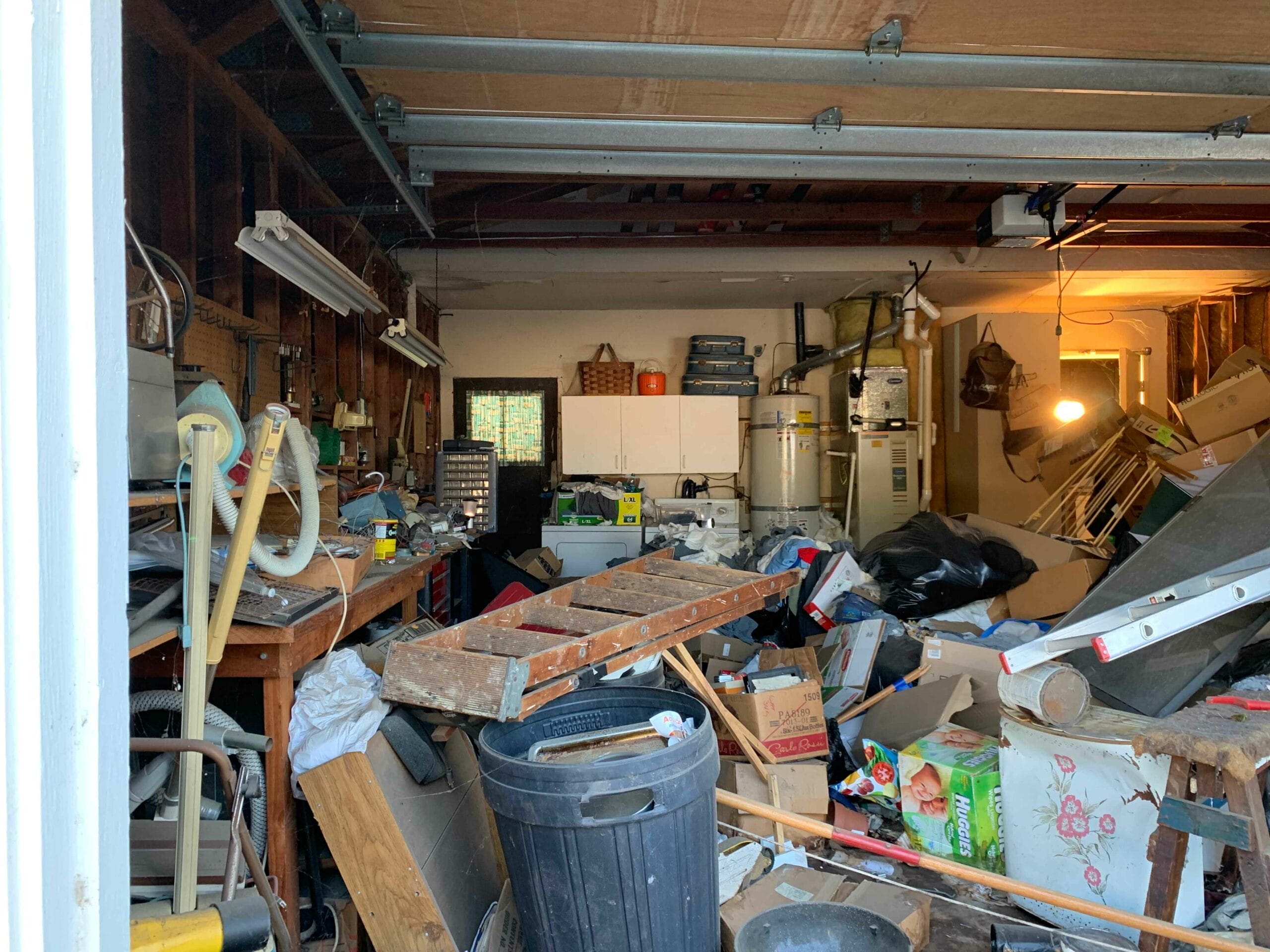
Moral: This example highlights how hoarding can affect not just the individual but also their loved ones. It can create tension and conflict within families, besides the lack of a functional living space.
Sandy is an 85-year-old widow who has lived alone in a large house since her husband passed away. She has been hoarding things for decades, ranging from clothes and books to furniture and souvenirs from her travels. Her children have tried to convince her to declutter, but Sandy refuses, claiming that each item holds sentimental value or may be useful someday. Consequently, items fill her house to the brim, making it hard for Sandt to move around or locate things when needed.
Moral: This example shows how hoarding can become more severe in older adults and can be a coping mechanism for dealing with loss or loneliness. It also highlights the importance of addressing hoarding behavior early on to prevent it from escalating.
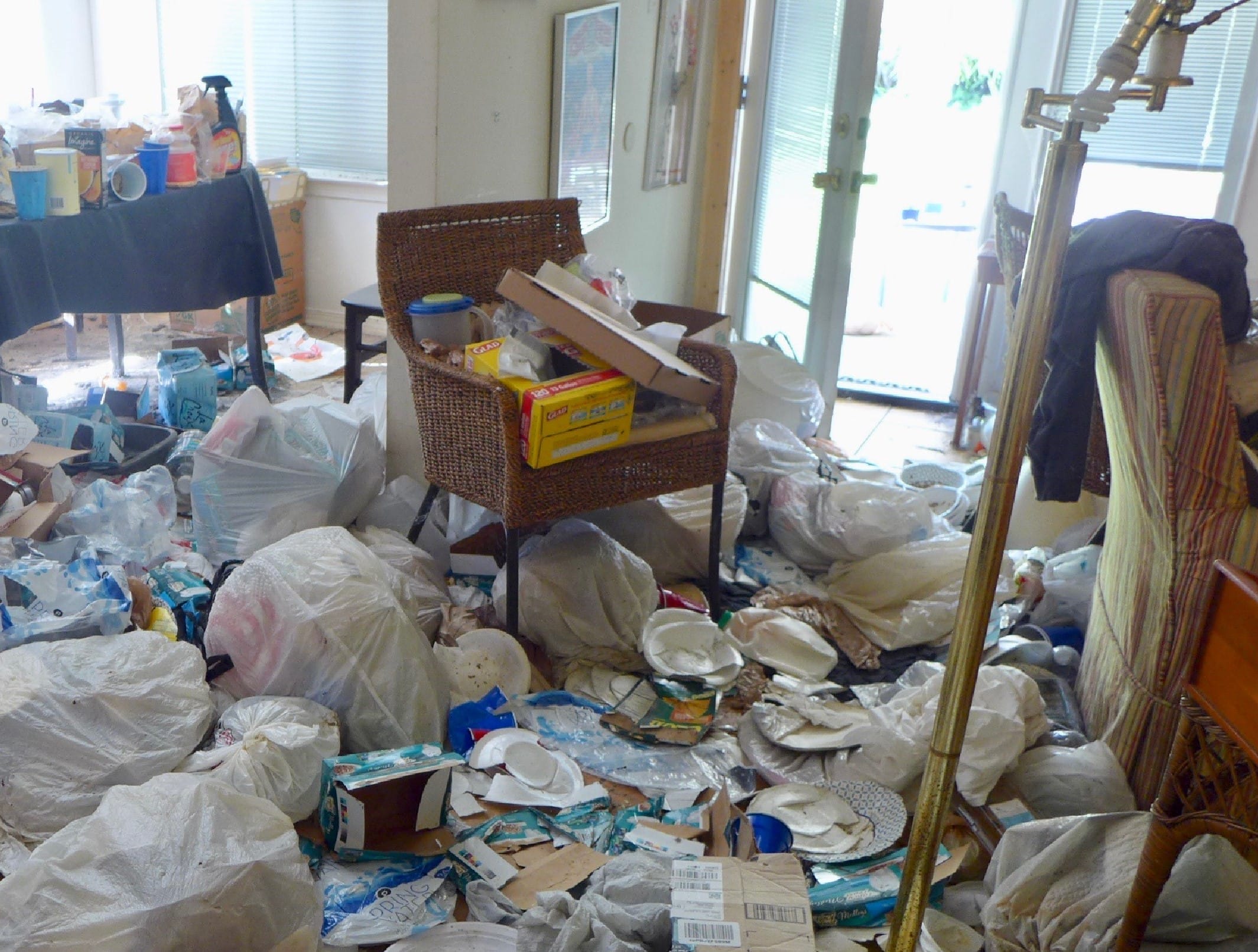
Hoarding requires professional help to overcome. The examples and stories discussed in this blog post are just a few illustrations of the issues that people with Hoarding Disorder face. If you or your loved ones are experiencing hoarding behavior, it is essential to seek help from a licensed mental health professional who has expertise in treating Hoarding Disorder.
Additionally, it is crucial to engage the services of a professional hoarding cleanup company to restore the home or areas from those hazards safely. Bio-One of Modesto offers hoarding cleanup services in Modesto and has the resources to help and refer those in need, nationwide. Remember, with the right support and treatment, it is possible to overcome hoarding. Don't hesitate to reach out for help!

While it may seem harmless to collect animals, it can quickly escalate to a dangerous level, as animals are often neglected and live in unsanitary conditions. In this blog post, we will explore the hidden signs of animal hoarding, the individual's usual behavior, the condition of a hoarded house, the hazards found in animal-hoarded homes, and how the animals are affected by these conditions.
Hoarders typically have the impulse to collect items that they deem valuable, leaving them with little to no space in their homes. In the case of animal hoarding, the hoarder may have an uncontrolled urge to care for and accumulate animals, which ultimately leaves them unable to provide adequate care for each pet. An animal hoarder may also show signs of social isolation, looking unkempt, and become defensive and overly protective of the animals they collect.

The condition of a hoarded home can be severe, and the state of the home reflects the mental health and well-being of the hoarder. Animal hoarding homes can be challenging to manage and clean up, as they are often unsanitary and uninhabitable. The accumulation of feces, urine, and other waste products can lead to unsafe living conditions for both people and pets. The cluttered condition of the home can contribute to structural damage, pest infestation, and a fire hazard.
Animal-hoarded homes can pose health hazards, not just to the hoarder or the animals they collect but to neighbors and the community at large. Repeated exposure to animal waste and urine can lead to respiratory problems and other health issues. Dead animals can also create bacteria and viruses that can affect the health and safety of those living in the home and surrounding areas. In extreme cases, the accumulation of waste can attract rodents and pests, which can lead to further health and safety risks.
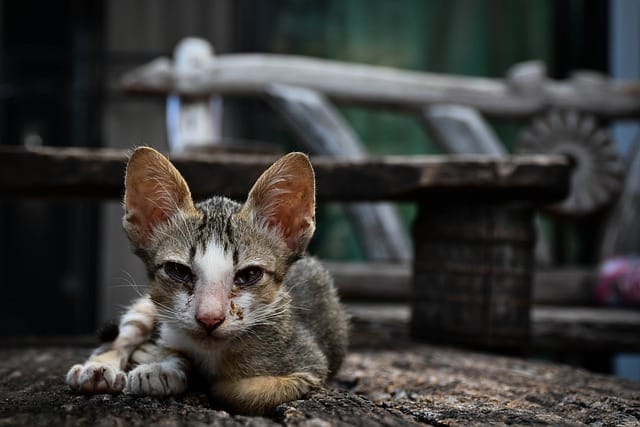
Animals that are affected by animal hoarding are often neglected and left in unsafe conditions. Malnutrition, lack of regular health check-ups, and inadequate shelter are all common issues that animals face in hoarded homes. The psychological impact on animals cannot be overlooked either, leaving them with emotional scars that can take years of rehabilitation to overcome. In some instances, animals may become so damaged that humane euthanization becomes necessary.
Despite what may seem like good intentions, animal hoarding is considered a crime in many areas. While most hoarders believe they are saving animals, their actions can lead to animal cruelty and neglect charges. The overpopulation also means the hoarder cannot properly care for all the animals, leading to more suffering and harm.
Learn more: Animal Hoarders: The Illness and The Crime

Hoarders often feel overwhelmed and unable to manage their situation on their own. Support from mental health professionals and animal welfare organizations provide the necessary assistance to address the underlying causes of hoarding. If you're looking for ways to intervene in an animal hoarding situation, here are some tips to consider:
Recognizing the signs of animal hoarding is the first step in early intervention to prevent the situation from worsening. Bio-One of Modesto provides animal hoarding cleanup services to assist both hoarders and animals that have been affected. We have the experience, resources, and connections to ensure that both the hoarder and the animals receive the necessary aid. Let us help you; give us a call at (209) 771-0071 for immediate response!
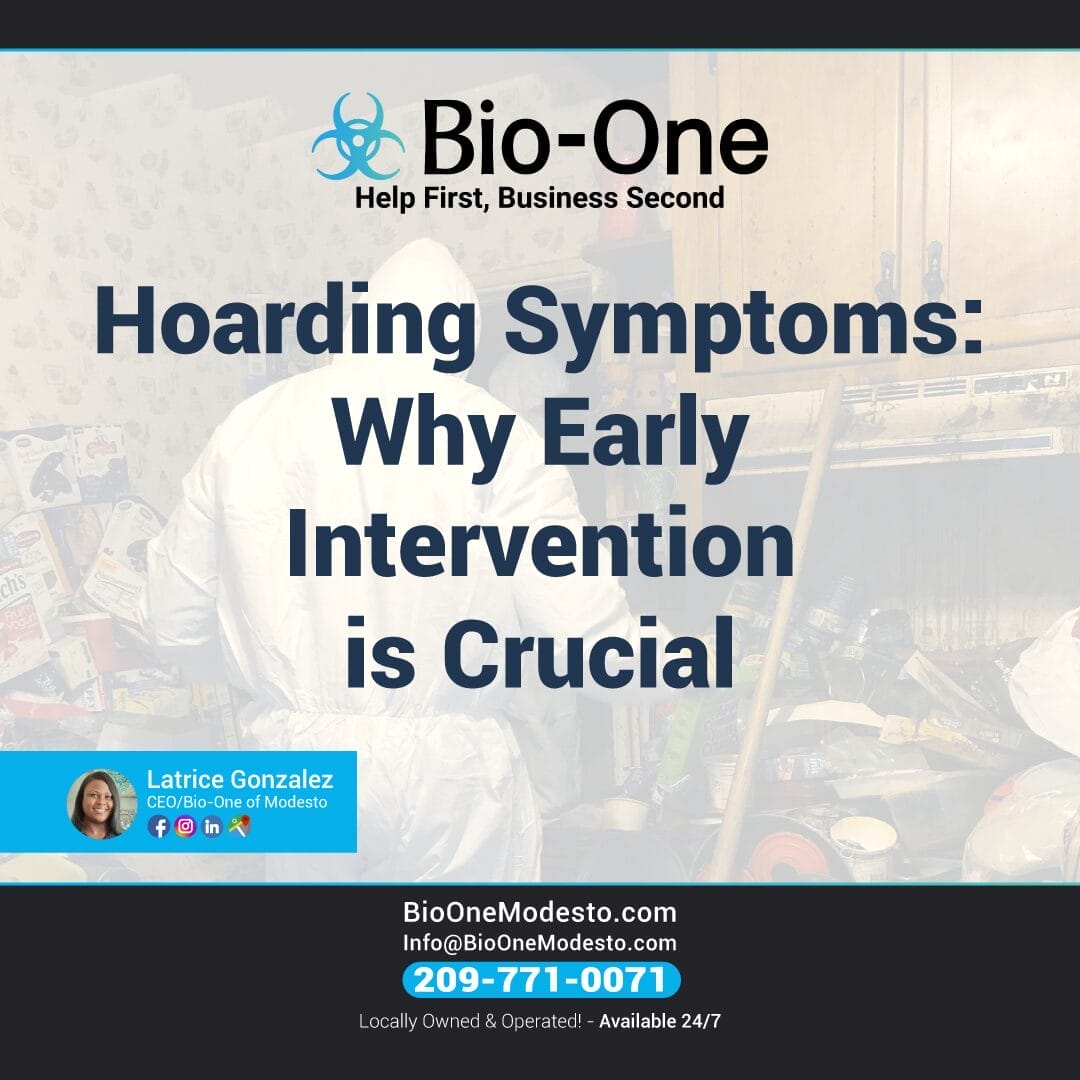
People with Hoarding Disorder experience an overwhelming emotional attachment to their belongings, which makes them accumulate excessive amounts of clutter in their homes, offices, or surroundings. Unfortunately, hoarding does cause significant distress to the person with the disorder, their family members, friends, and neighbors. Hoarding symptoms can also lead to dangerous living conditions and potential health risks.
In this blog post, we will explore the hoarding symptoms, the importance of early intervention, ways to help and intervene, and how Bio-One of Modesto can restore homes and families affected by hoarding.
Disclaimer: The information provided in this blog post is intended for educational purposes only. We are not mental health professionals, and our goal is to increase awareness about hoarding and the significance of early intervention. This content should not be used as a substitute for professional medical advice, diagnosis, or treatment. If you or someone you know is struggling with hoarding, we encourage you to seek help from a licensed mental health professional.
Hoarding can manifest in various ways, and every person's experience is different. However, here are some common signs to look out for:

Early intervention helps to prevent or minimize the long-term effects of hoarding symptoms, such as social isolation, housing instability, relationship breakdowns, or legal issues. Secondly, early intervention can improve the efficacy of treatment by providing tailored therapy and support services.
Additionally, early intervention can help reduce the emotional and financial burden on families, friends, and communities affected by hoarding.
One of the best ways to intervene in a hoarding situation is to seek professional help from a mental health professional or hoarding therapist. A hoarding therapist can conduct a thorough assessment of the person's situation to determine the severity of the hoarding symptoms and a personalized treatment plan for their needs.
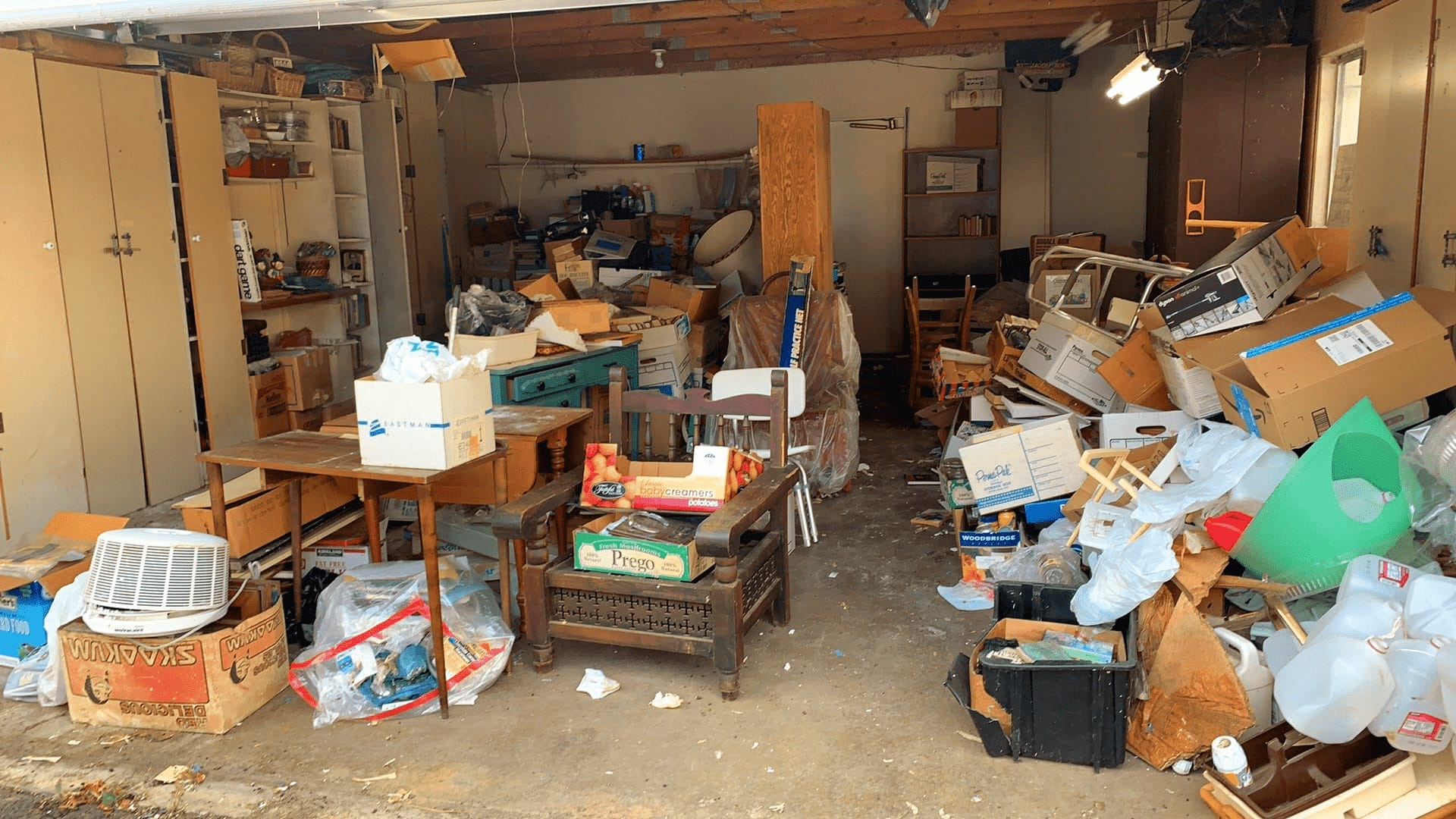
This could include cognitive-behavioral therapy, medication, or a combination of both. A mental health professional can also help the person develop and practice coping strategies, gradually sorting and discarding items, and managing their emotions.
Aside from seeking professional help, family members loved ones, and friends can also help someone with hoarding. Here are some practical ways to provide support:
Learn more: Hoarding Help for Families: 5 Ways to Approach a Loved One - Bio-One of Pittsburgh
Hoarding is a challenging mental health condition that requires professional intervention and help. By recognizing the hoarding symptoms, seeking professional help promptly, and providing compassionate support, we can break the cycle of hoarding behavior and restore the lives of those dealing with this disorder.
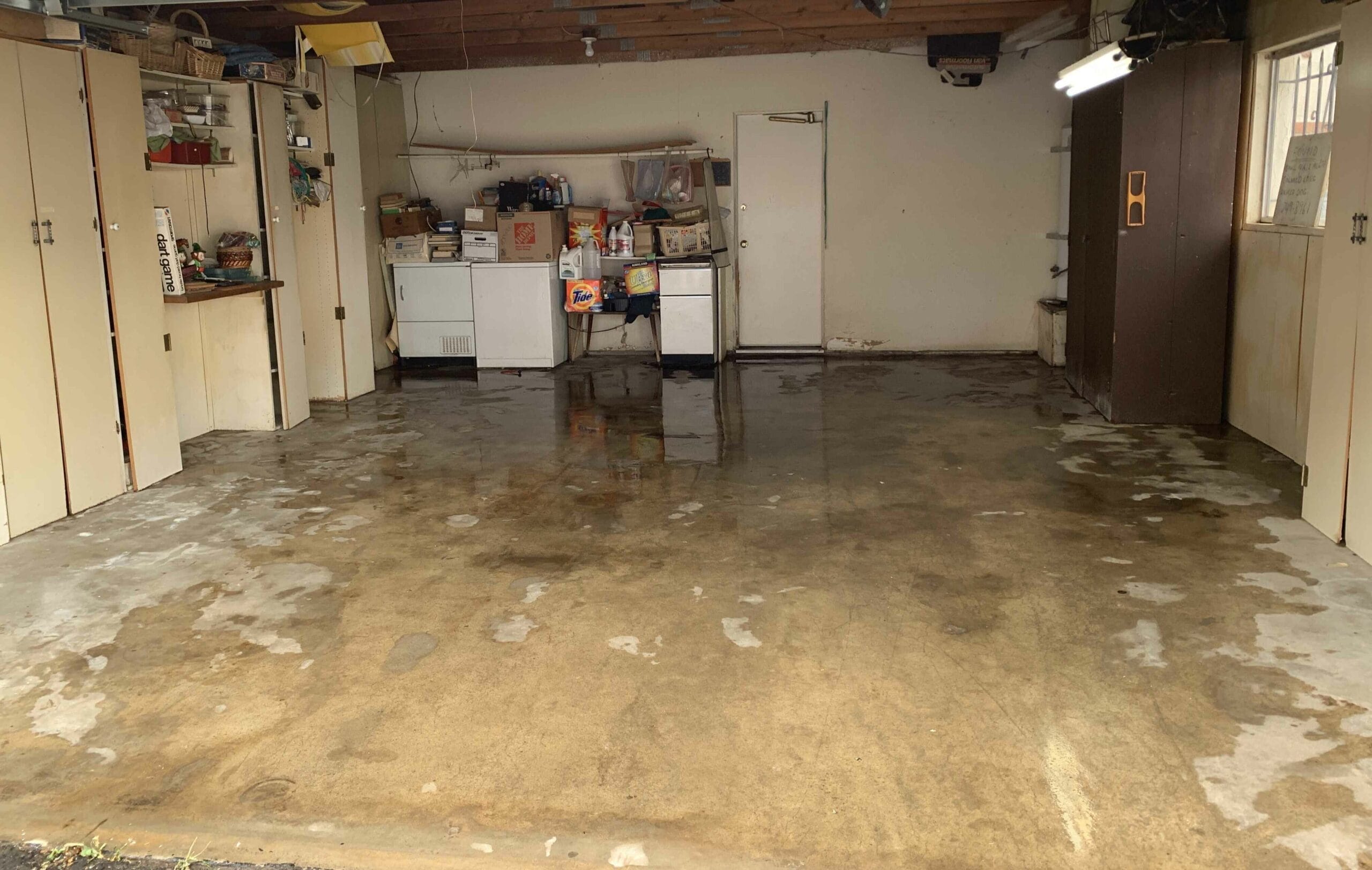
If you or your loved one needs help with hoarding, Bio-One of Modesto provides top-quality cleaning services that can help restore your home and enhance your quality of life. Contact us today to learn more about our services and how we can connect to the proper professionals in the matter.

We all hate the idea of cleaning sewage backups, but sometimes it just happens. Whether it's caused by a clogged pipe or heavy rainfall, sewer backups can cause environmental and health hazards in our homes. It's important to understand the causes of sewer backups and how to deal with them properly to ensure your safety and the safety of your loved ones. In this blog post, we'll discuss the most common causes of sewer backups and what to do in case of an emergency.
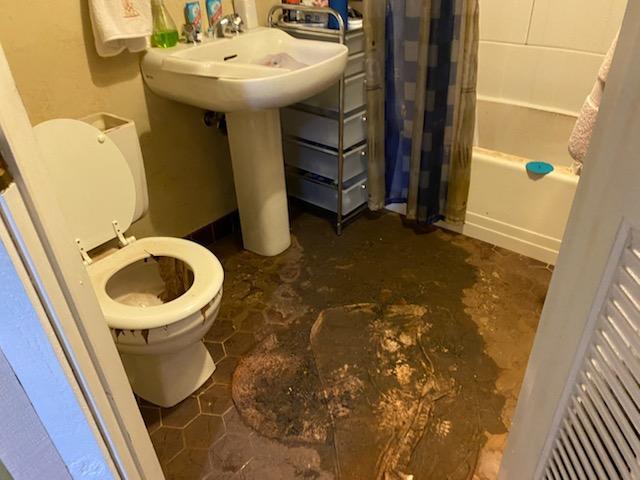
If you experience a sewer backup emergency, turn off your water supply or any source of incoming water to prevent additional flooding, and also turn off any electrical circuit in the affected area. Depending on the severity of the situation or if it was indeed a damaged sewer main, you should also contact local authorities and entities for assistance. If it's a sewage backup in your home, consider calling for professional help.
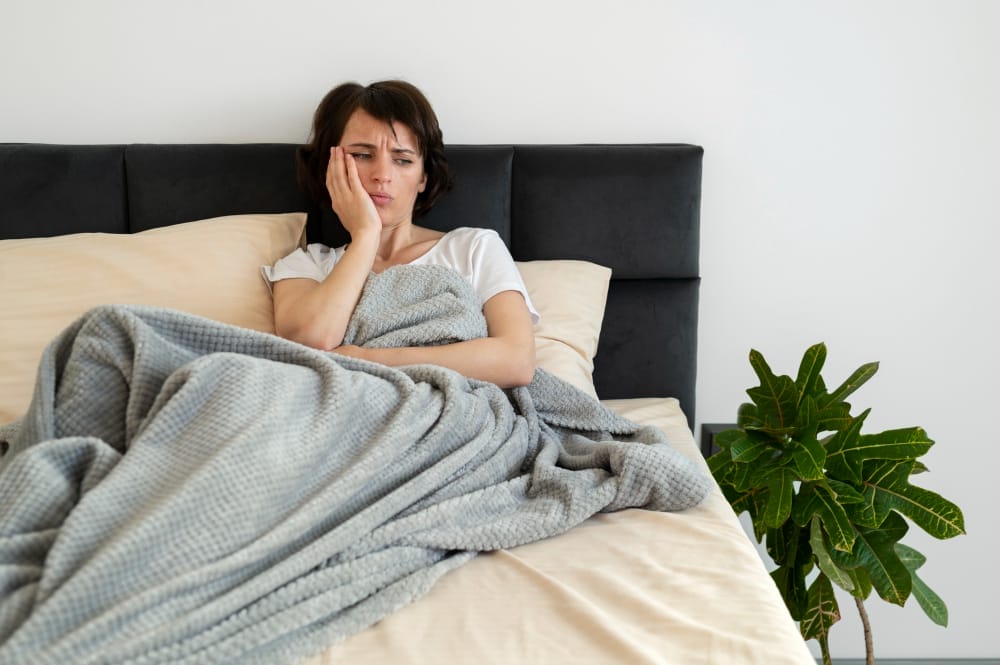
Sewage water or wastewater exposure can cause a range of health complications, especially if it comes into contact with your skin. These include:
In addition to these immediate health concerns, long-term exposure can lead to health complications: liver/kidney damage and even neurological disorders. If you experience any symptoms after exposure to sewage water or wastewater, seek medical help immediately.

Sewer backups are a hassle. Knowing the causes and how to deal with them properly can save you time, money, and most importantly, your health. Remember to dispose of waste properly, install backflow prevention devices, and have your pipes and sewer main inspected regularly. If you experience a sewer backup, don't hesitate to contact a professional sewage cleanup service, like our team at Bio-One of Modesto, for a safe and thorough restoration of your home.

Hoarding is more than just having a messy home. According to the International OCD Foundation, Hoarding Disorder affects between 2 and 6% of the population. Hoarding not only impacts the physical health and safety of the hoarder but also the mental health and relationships of those around them. If you suspect that you or someone you know may be a hoarder, asking yourself these ten questions can help identify hoarding and prompt action toward solutions.
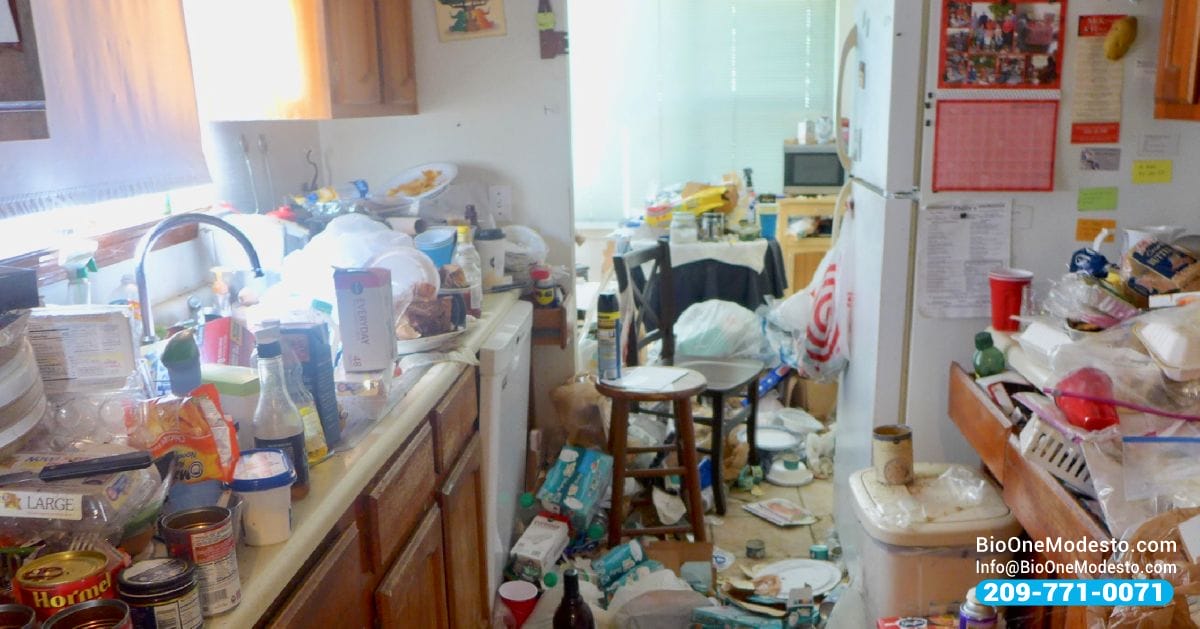
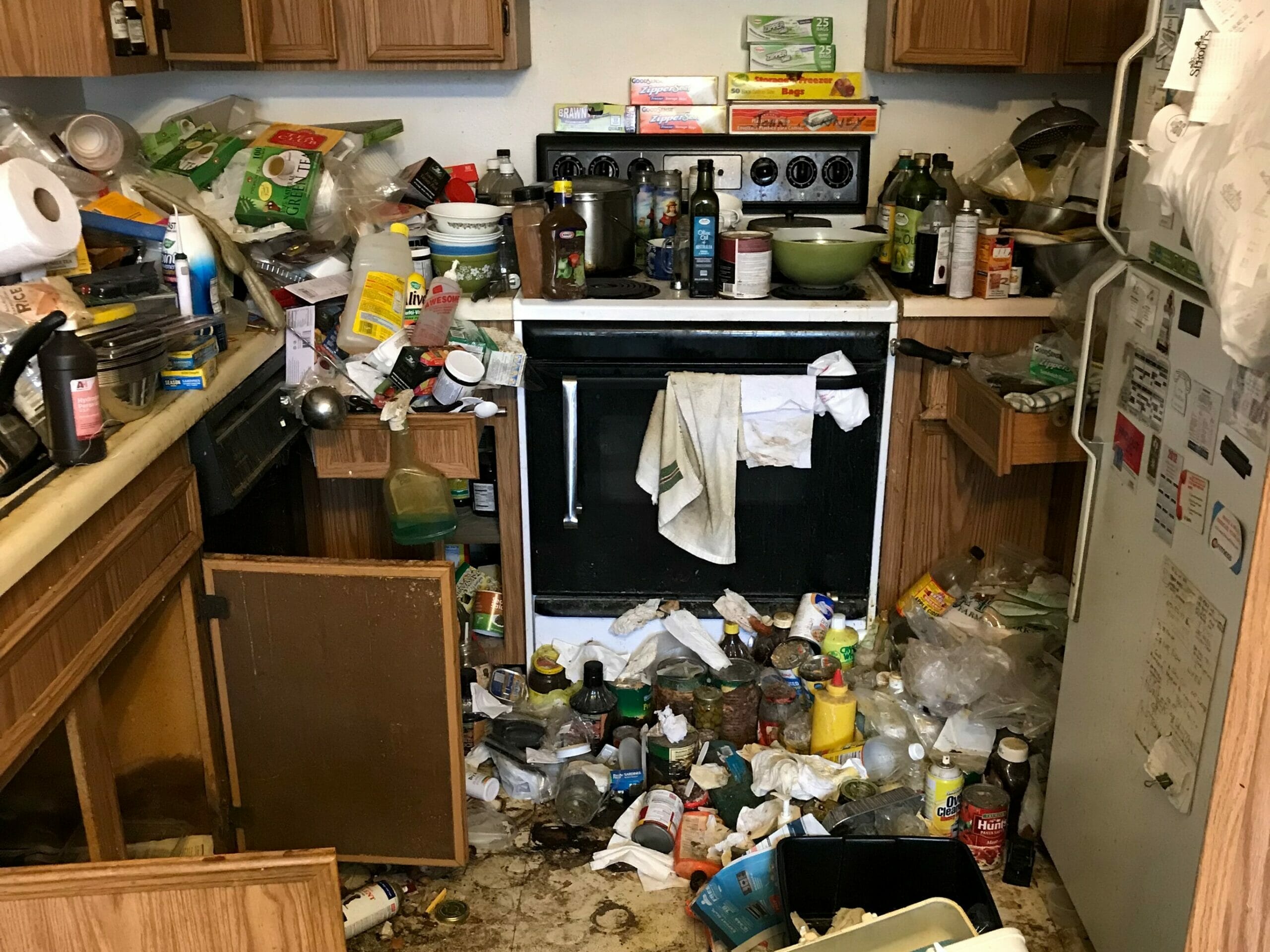
While hoarding can seem like an overwhelming and isolating issue, it is important to know that there is help available. Seeking support from a therapist or professional organizer can provide valuable guidance and resources for managing hoarding behaviors. It may also be helpful to involve loved ones in the process, as having a strong support system can make tackling hoarding less daunting.
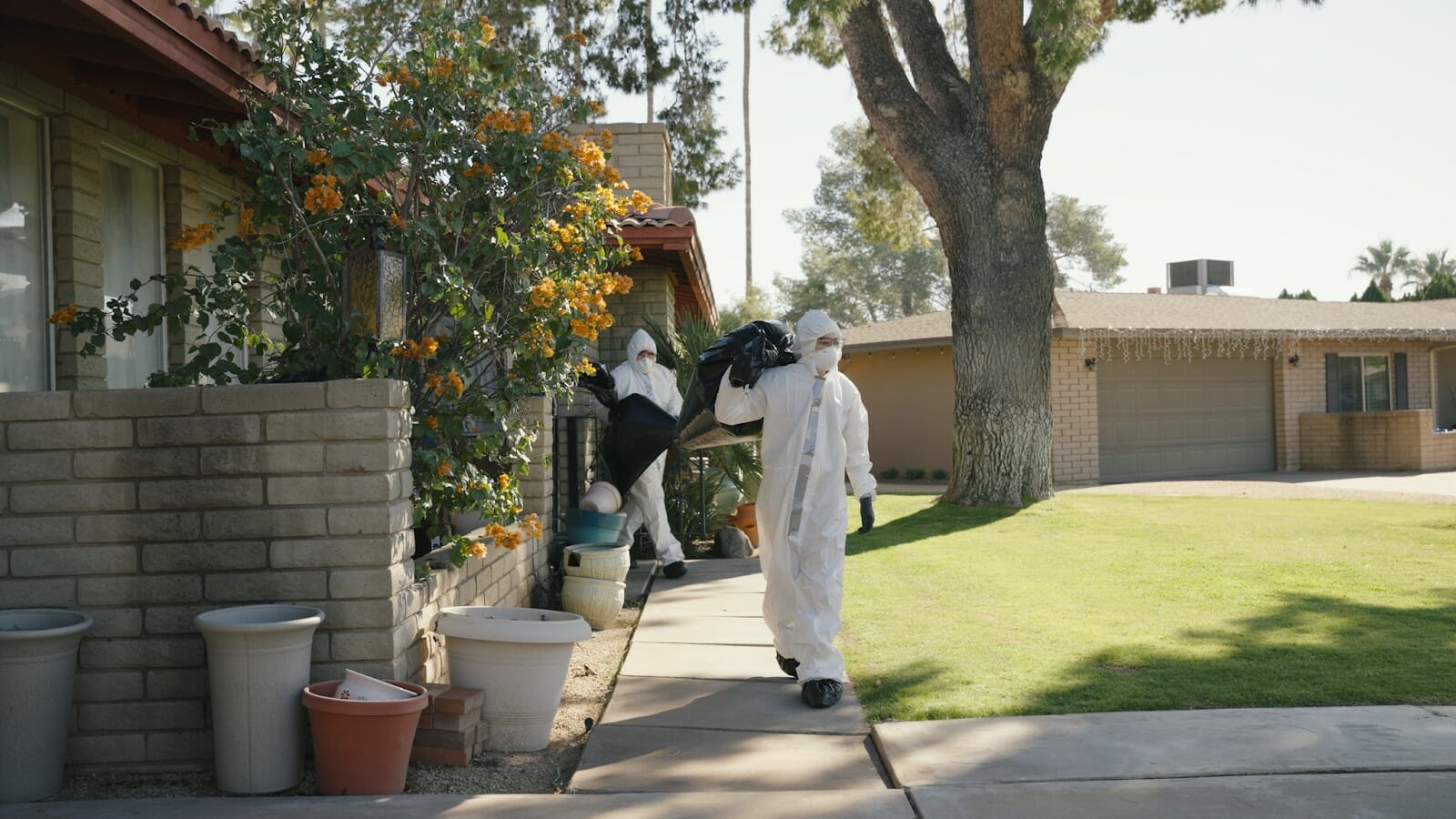
The ten questions above can help identify if hoarding behaviors are present, but it’s just the first step. Getting support and treatment from friends, family, or professionals is crucial for the person affected and those close to them. Our team at Bio-One of Modesto is available to give the necessary care and cleanup services for hoarded homes with compassion and empathy. If you or someone you know is struggling with hoarding, seek expert help to take the first step towards a happy, healthy home.